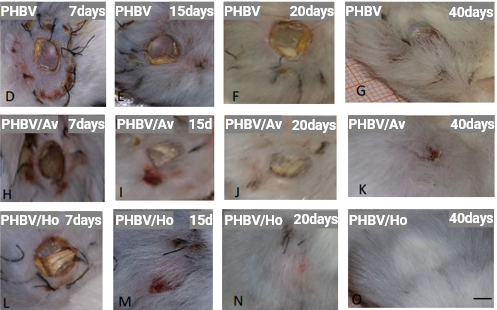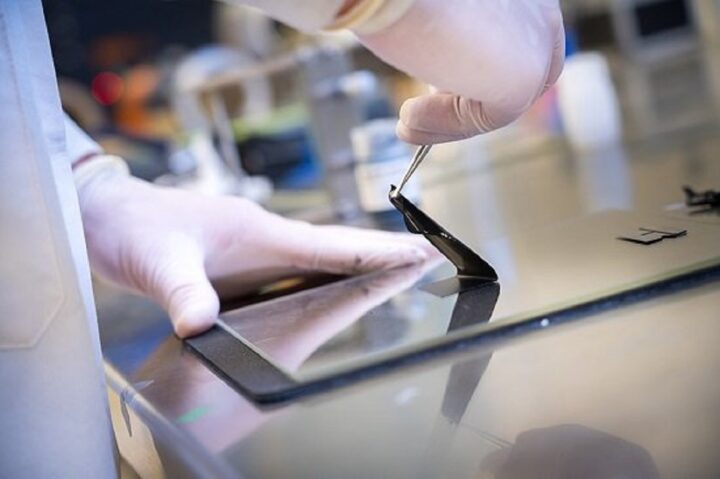Patients with damage suffered to the nervous systems require intensive and costly medical attention, which can lead to substantial economic burden to the healthcare systems.
The regeneration of nervous tissue involves the regrowth of nerves and the effective reconnection of both nerve endings. Achieving successful axonal regrowth for the central nervous system or large gaps between nerve endings in the peripheral nervous system is still under study and development.
Having this into account, natural and synthetic polymers have been tested as nerve conduits and as intraluminal guiding systems for peripheric neural regeneration, obtaining different results. Natural substances such as Aloe vera or honey have also been studied for wound dressing or tissue engineering purposes. However, the development of effective structures oriented toward nerve tissue growth and regeneration with these substances hasn’t been studied.
Considering the previous, there is a need in current solutions to attain efficient structures for nerve regeneration in functional target tissue, peripheral nerve, or local wound reinnervation. Researchers from the Universidad de Las Palmas de Gran Canaria (ULPGC) have developed hybrid nanofibers for nerve regeneration guidance systems based on Aloe vera or honey, merged with synthetic biodegradable polymers. These nanofibers can help in growing longer regenerated neurites without using growth factor supplements.

The new method for producing hybrid nanofibers, developed at ULPGC, is based on preparing an Aloe vera or honey solution with a selected solvent. This solution is then merged with a synthetic polymer selected from PHBV, PLLA, PDS, and derived mixtures. This mixture is injected into electrospinning equipment to produce the hybrid nanofibers. The manufactured hybrid nanofibers offer better neuritic growth than synthetic nanofibers under the same time of action, with the hybrid nanofibers acting as a guide for the growing neurites.
Other tests have been performed to evaluate the skin wound healing capability of the invention. Nanometric matrixes containing unaligned nanofibers were applied in a model wound. Hybrid nanofibers offered faster wound closure than commercial dressing solutions for these tests. The hybrid nanofibers can be used for tubular prostheses for nerve reconnection or in surgical meshes, dressings, and sutures to improve reinnervation and functional recovery from skin injuries.
- Faster regeneration of nerves can be achieved by adding natural materials to synthetic polymer nanofibers, attaining longer neurites.
- Used as wound dressing, the hybrid nanofibers can heal wounds in less time than commercial products.
- The nanofibers are biodegradable and biocompatible due to the presence of natural components.
- Simple, cost-efficient, and environmentally-friendly preparation method.
- Safe for humans due to the lack of additional chemical agents added to promote cell growth, avoiding immune rejection.
The represented institution is looking for a collaboration that leads to commercial exploitation of the presented invention.
Institution: Universidad de Las Palmas de Gran Canaria (ULPGC)
TRL: 4
Protection status: Patent Application
Contact: Pablo Lago / pablo@viromii.com

